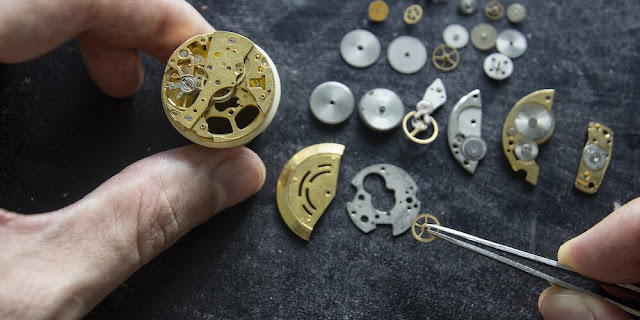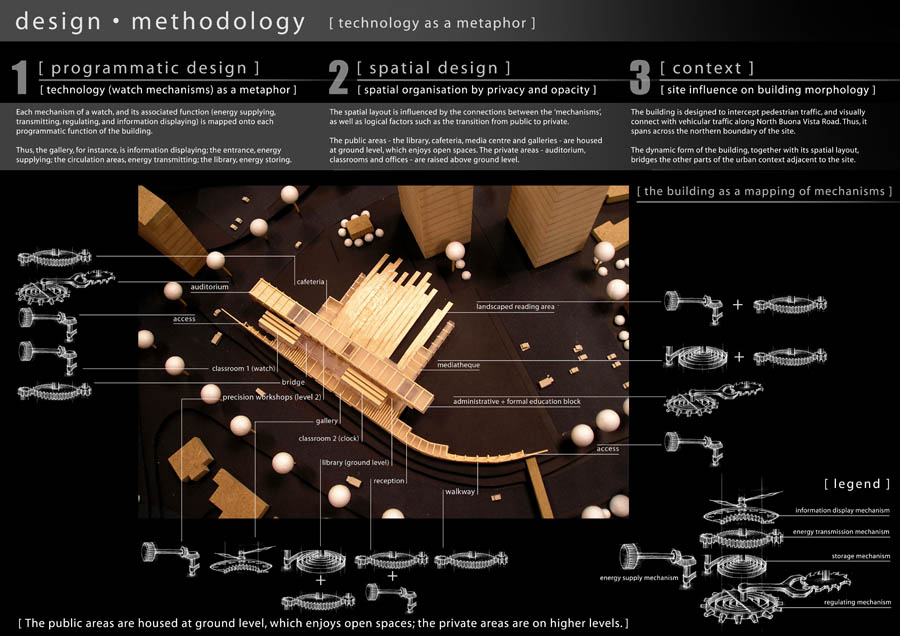
The late Dr George Daniels noted that, compared to Margetts's marine timepieces, the "astronomical watches reveal an entirely different philosophy. Just four or five astronomical watches of this type by Margetts are known. George Margetts, London, An Important Gold and Enamel Pair Cased Cylinder Watch with Tidal Dial, Annual Calendar and Astronomical Indications, The Outer Case Back with Enamel Panel Painted En Grisaille 1778, No.1.
#Art of horology windows
The fan form aperture to the left shows the days of the week with the corresponding allegorical figure, whilst all three apertures to the right relate to the moon - the circular aperture being the moon-phases, with windows directly above and below for moon age and time of moon rise. To the lower dial, a single hand indicates the hours on the Roman numeral chapter ring. The date is indicated via a bug mounted to the edge of the month disc. Both are read, together with the months shown in the third ring, against the central hand. The inner two rings indicate the dates in each month on which the signs of the Zodiac commence and end according to the Julian calendar, with the signs on the ring next to those dates.

The uppermost dial consists of a central revolving disc with four concentric rings and a fixed fifth outer ring. With a large and impressive rock crystal case, this watch also has a complex and skilfully arranged astronomical dial. Josephus Quash, London, A Magnificent Over-Sized Gilt-Metal Astronomical Watch with Rock Crystal Scallop-Form Case, circa 1665. This is not only the first time in more than 30 years that the watch has been offered for sale, it is also the first time since 1988 that the watch has been seen in public. Indeed, Daniels was so fond of his “Space Traveller” that, regretting his original agreement to sell the watch, immediately set out to make one other example the latter watch known as the “Space Traveller II” would remain his personal watch until his death in 2011. One of the most important watches of modern times, this is arguably Daniels’s most famous and coveted watch. George Daniels began working on his Space Traveller watch in 1979, the same year that he was elected Master of the Worshipful Company of Clockmakers. Traditionally the standard of time used by astronomers, sidereal time is based on the amount of time it takes the Earth to turn on its axis: by measuring the Earth’s transit of a fixed star, one can measure the actual time it takes for the Earth to turn on its axis. He therefore set out to devise a watch that displayed both mean-solar and sidereal time. Daniels was determined that his watch would be one that could be of theoretical use to an astronaut. The ‘Space Traveller’ was conceived as a timepiece to honour the astronauts that Daniels so admired.

George Daniels, London, A Unique and Highly Important Yellow Gold Watch with Daniels Double-Wheel Escapement, Mean-Solar and Sidereal Time, Annual Calendar, Age and Phase of Moon and Equation of Time Indications 1982 Space Traveller I. The mechanical masterpieces he created are appreciated around the world for their exquisite design and meticulous attention to detail.

George Daniels, who was inspired by such revolutionary watchmakers as George Margetts, took it upon himself to master these individual skills to make every component himself. The watch was then assembled by the artist craftsman. There where case makers, dial makers, wheel makers etc. Throughout time all watch making ateliers used skilled outworkers to manufacture sole components. As techniques enhanced so did the decoration of the watch cases with beautiful colourful enamels being prevalent in the 18th Century and even more so in the 19th Century for pieces made to cater for the new demand in the orient. The early stackfreed watches of the 16th and 17th Century demonstrate the amazing craftsmanship and artistry of these makers at a time when the tools and resources available were very basic. As these skills developed so did the design and decoration. Through the passage of time watchmakers strove to develop new mechanisms and skills to enhance the telling of time.

#Art of horology series
Click above to discover the highlights from the first of the four-part series of sales, George Daniels: Visionary. The Masterworks of Time collection of horological masterpieces is a tremendous example of one person spending their life in search of important and technically significant pieces that document the history watchmaking through the centuries.


 0 kommentar(er)
0 kommentar(er)
